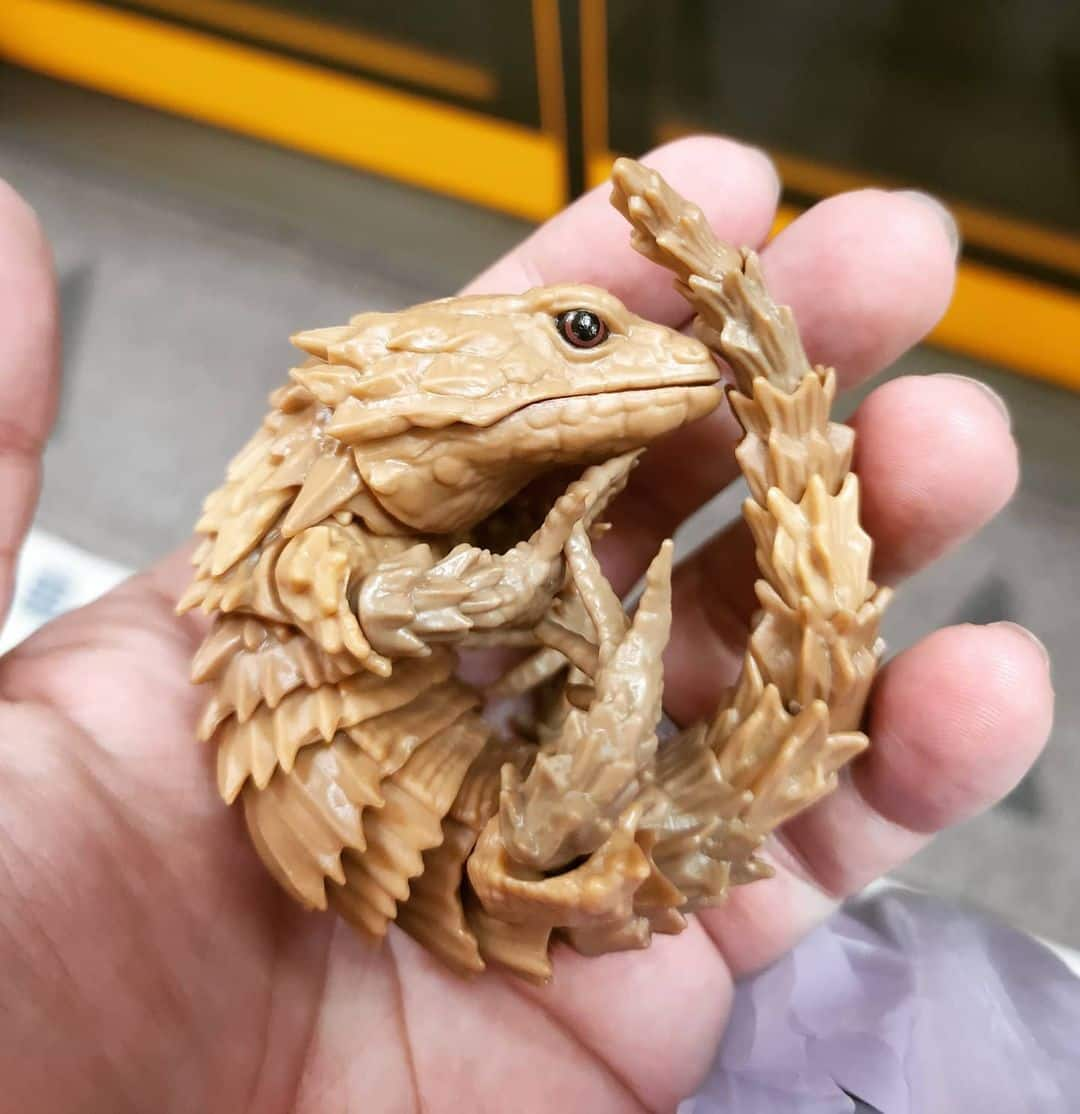
They shelter in the holes and crevices of rock formations. These relatively slow-moving, rock-dwelling lizards are very shy and quick to hide when approached.
ARMADILLO LIZARD AS PET CRACK
The species is included in international legislation to ensure its conservation protection.Īrmadillo Girdled Lizards can stay in their defensive O uroboros position for up to an hour when they are in danger and cannot reach a crevice or rock crack to hide in. Through investigations it was discovered that there were plans to sell the species in Japan where they are highly sought after as pets.Īlthough the International Union for Conservation of Nature (IUCN) Red List lists the species as of Least Concern, the Armadillo Girdled Lizard faces threats of hunting and trapping by terrestrial animals, as well as climate change and severe weather. Within the past two years, two Japanese citizens have been arrested, fined and sentenced after being apprehended by the police.

Teamwork by CapeNature Conservation Services, the Biodiversity Crime Unit, the Nuwerus, Lutzville and Malmesbury police officers of the Stock Theft and Endangered Species Unit, and the Organised Crime office of the National Prosecuting Authority has made substantial convictions possible. The species is protected under the Nature Conservation Ordinance of the Western Cape Province and is on Schedule II of the Convention on the International Trade in Endangered Species of Wild Fauna and Flora (CITES).

The Ouroboros eats its own tail as a symbol of sustaining life in an eternal cycle of renewal.īecause they live in family groups and are relatively easy to catch, the international illegal reptile pet trade is a growing threat.

The Armadillo Girdled Lizard does this to protect its soft underbelly when it feels threatened. Its scientific name, Ouroborus cataphractus, is derived from its habit of rolling into a ball and biting its tail like the mythical Ouroboros found in most ancient cultures. The Armadillo Girdled Lizard is endemic to the mountains and rocky hills of the Succulent Karoo veld of the western parts of South Africa, specifically from the Orange River in the Northern Cape Province southwards to north of Porterville and eastwards to the west of Laingsburg in the Western Cape Province.


 0 kommentar(er)
0 kommentar(er)
